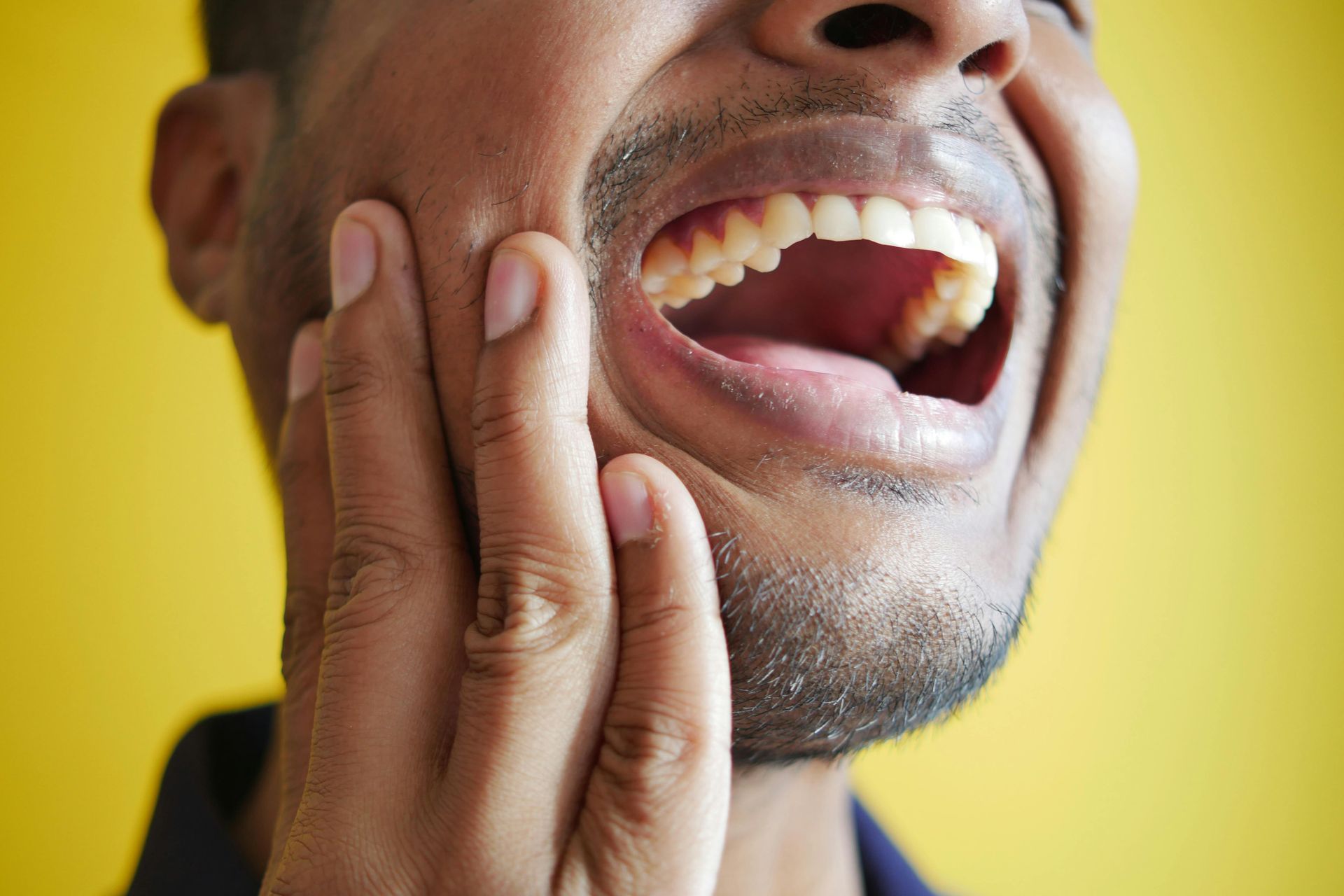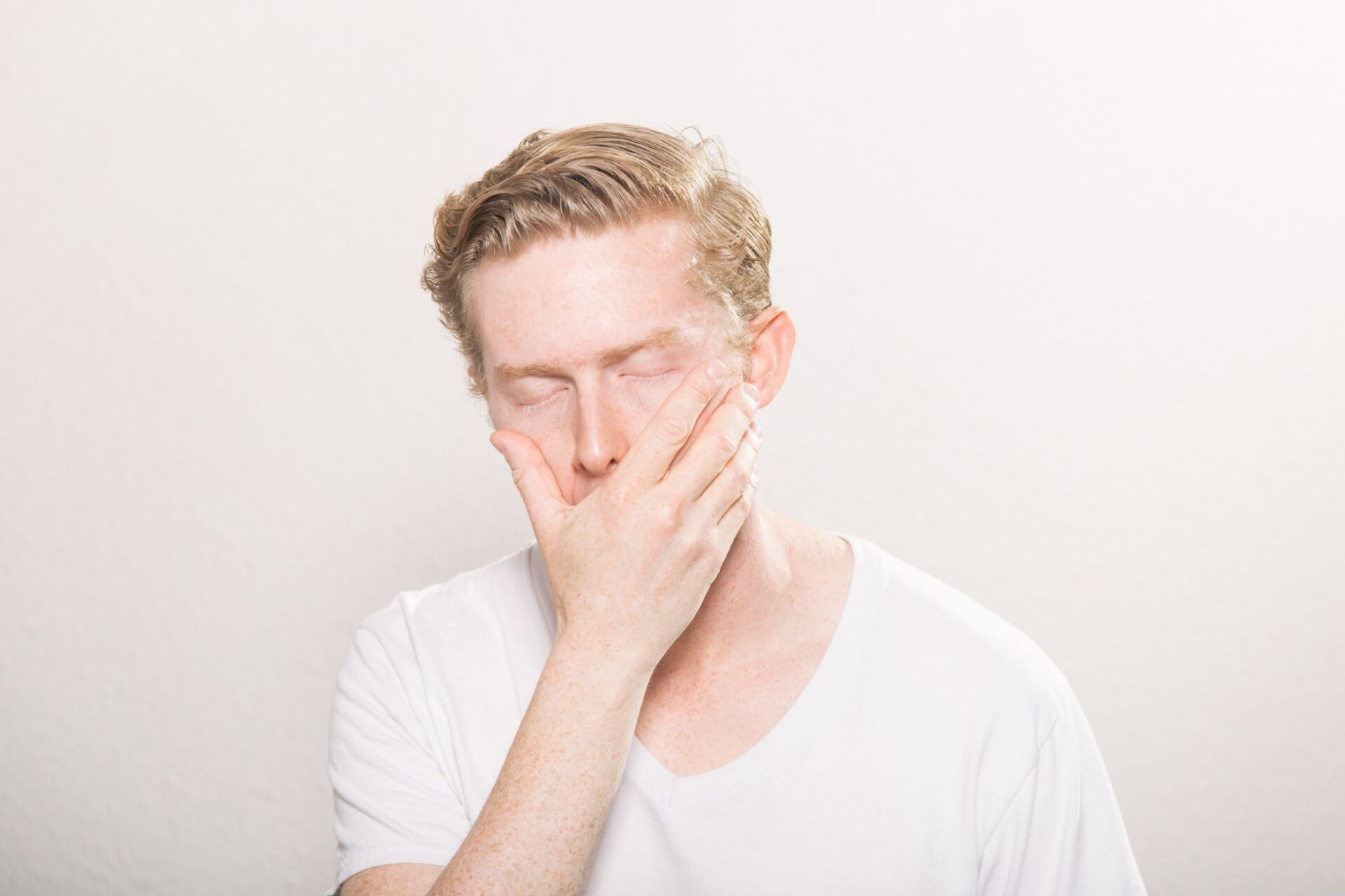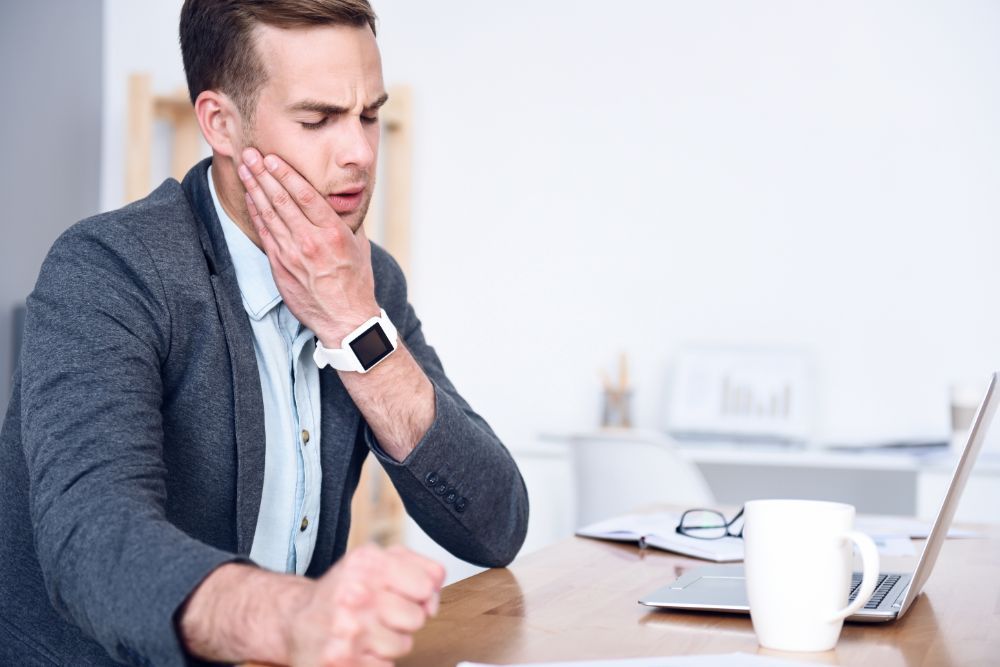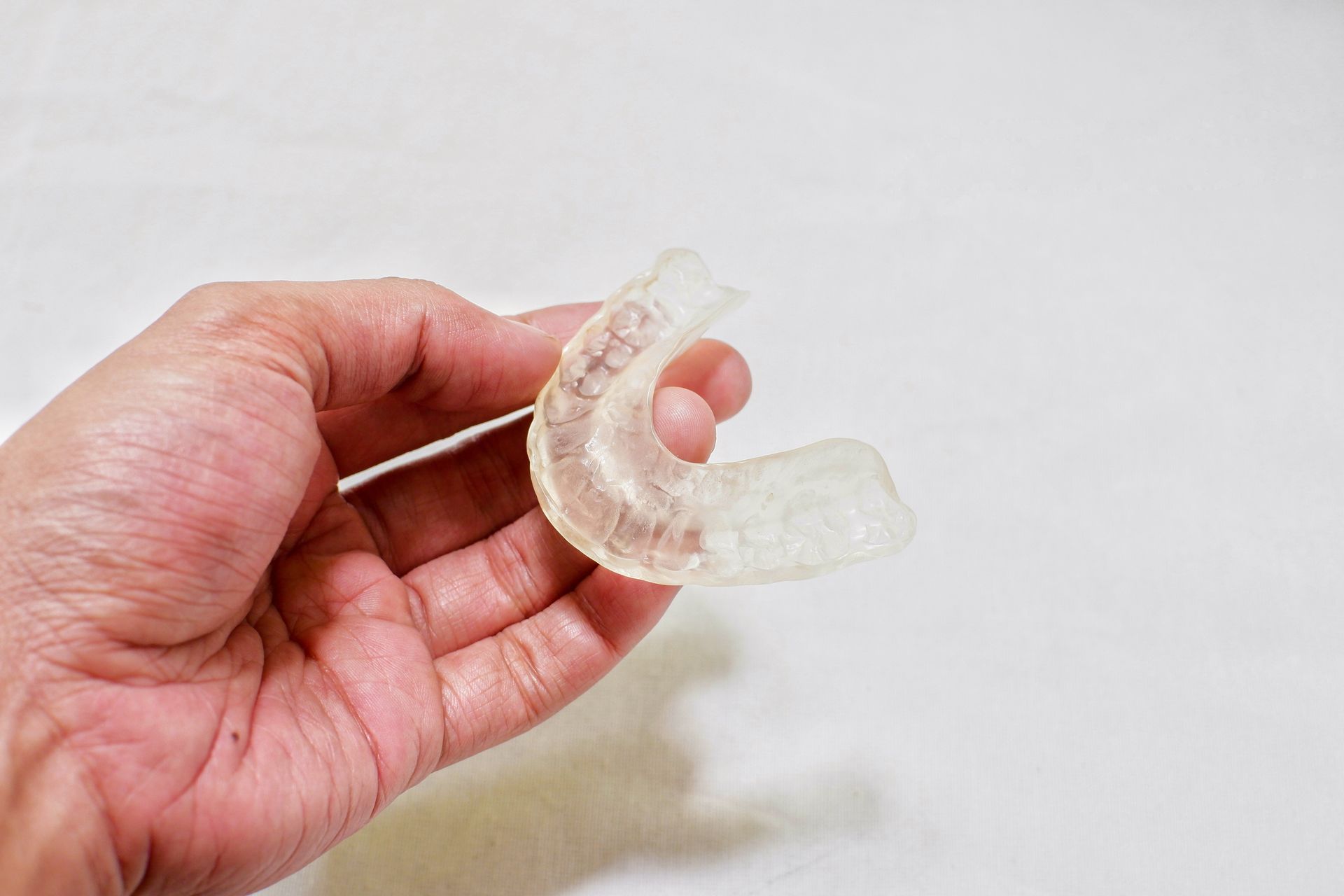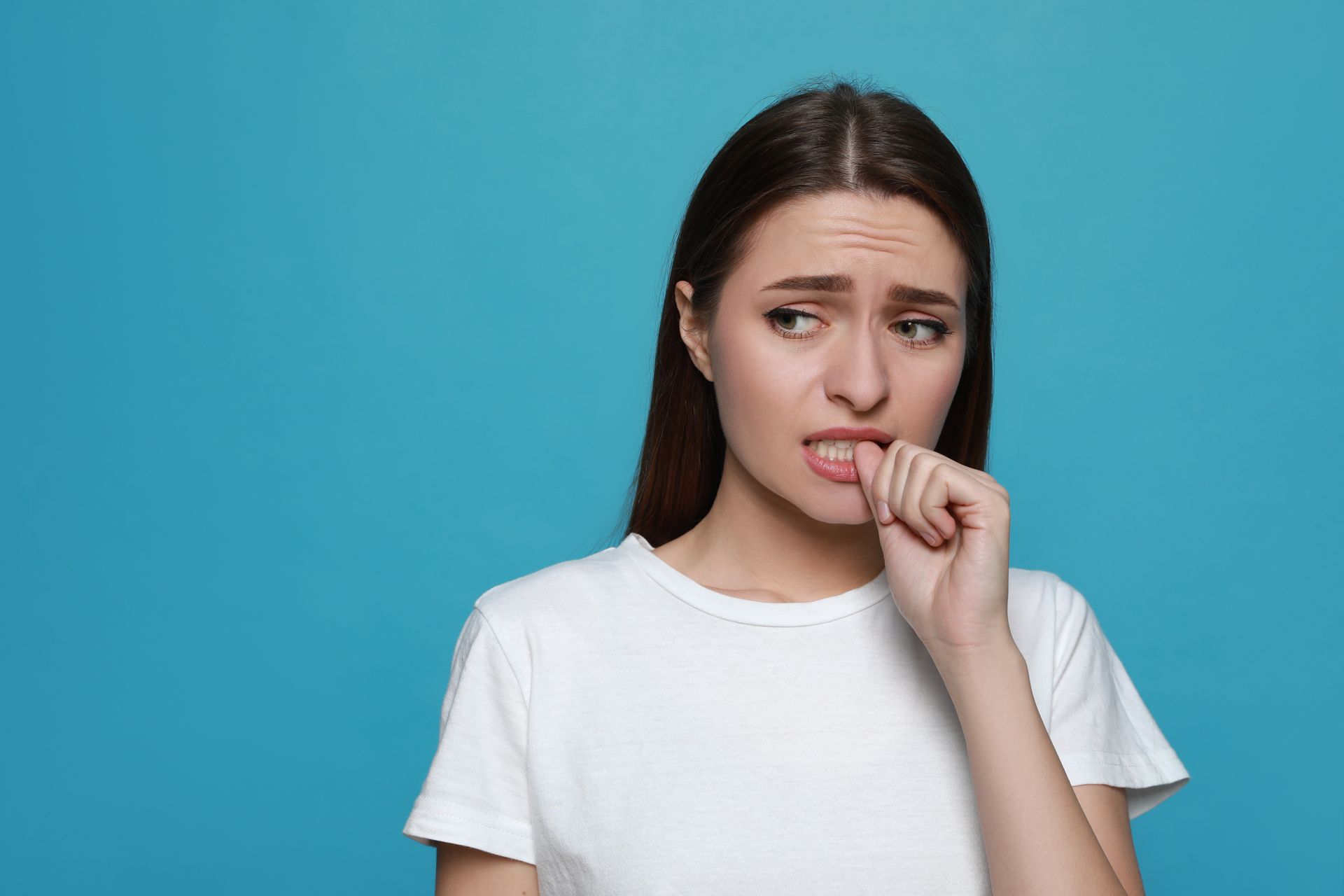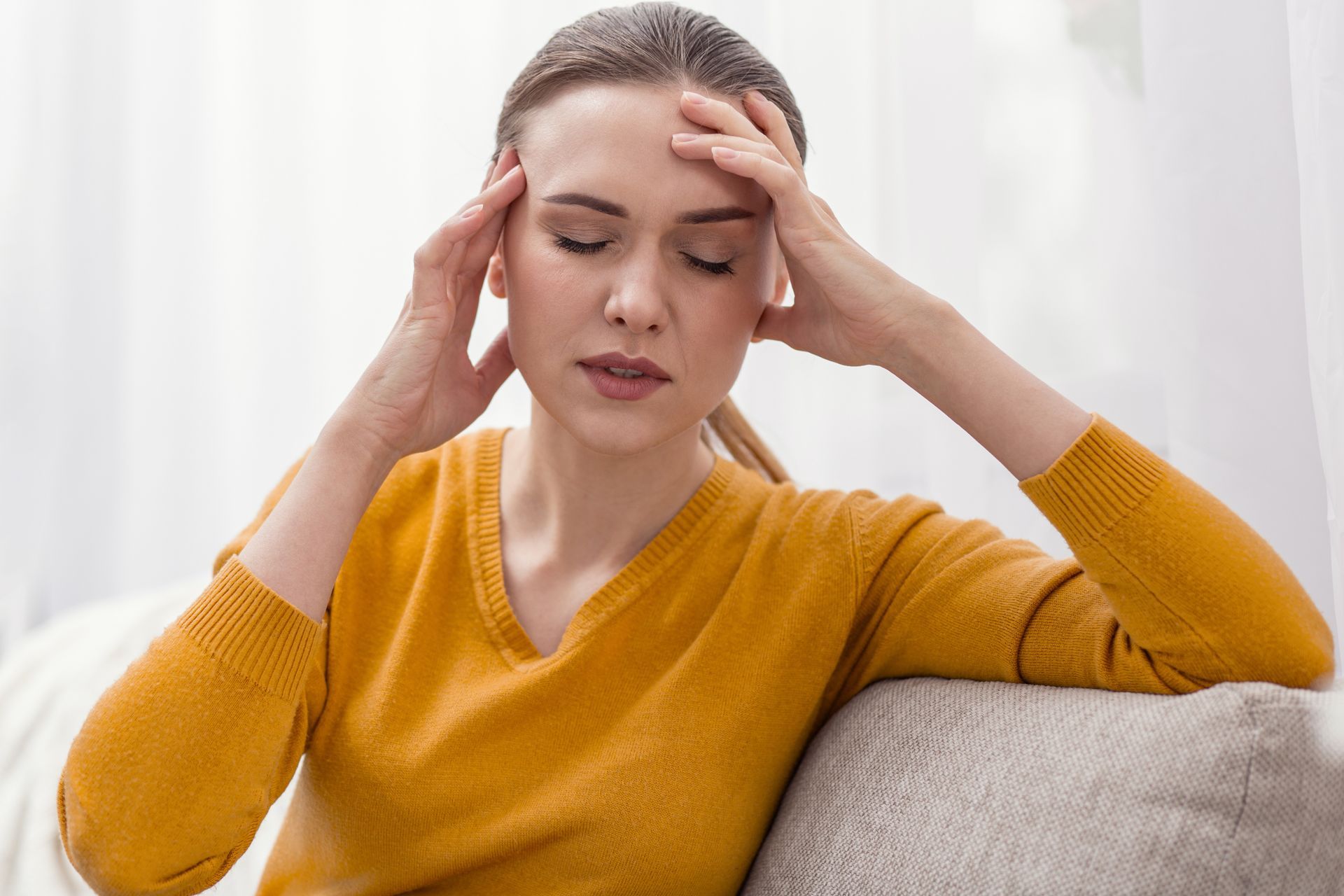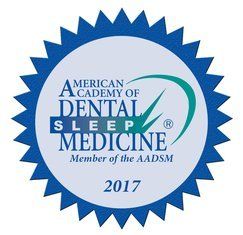The Relationship Between Sleep Apnea and TMJ Disorder
Historically, obstructive sleep apnea (OSA) and temporomandibular joint disorder (TMD) were typically diagnosed and treated separately. Over time, however, a connection began to emerge that begged the question, “Is there a relationship between OSA and TMD and if so, to what extent are they related?”
Questions such as this, and with TMDs considered the most common cause of facial pain, ultimately led to the OPPERA (Orofacial Pain: Prospective Evaluation and Risk Assessment) prospective cohort study. This large-scale, multi-center study followed adults ages 18 to 44 years at enrollment for a median 2.8 years. The goal was to identify the incidence of first-onset TMD and potential risk factors for development of TMD. Although the findings indicated an overlap between the OSA and TMD, further studies are required to more completely define the relationship.
What are Obstructive Sleep Apnea and Temporomandibular Joint Disorder?
Obstructive sleep apnea, the most common type of sleep apnea, is signified by breathing that stops repeatedly during sleep. It is usually accompanied by observed loud snoring and abrupt awakenings that include gasping or choking. In severe cases, this can occur up to 30 or more times an hour with breathing paused for 10 seconds or greater.
Breathing is interrupted when throat muscles become too relaxed and block or severely restrict the airway during sleep. When the brain senses this, the central nervous system is aroused to restart breathing. OSA sufferers often awaken momentarily as this occurs, but these awakenings usually happen so quickly they are unaware. The result, lack of restorative sleep, can lead to host of life-altering or potentially life-threatening symptoms.
Temporomandibular joint disorder is an umbrella term referring to pain and dysfunction of the temporomandibular joint (TMJ) and jaw muscles. The pain may also radiate to the face, neck, and ears. The TMJ, which connects the mandible to the skull just below the ear on each side of the head, functions as a sliding hinge, moving back and forth, side to side, and up and down. Working constantly throughout the day, TMJs enable us to talk, chew, yawn, and more.
OPPERA Prospective Cohort Study Indicates OSA and TMD Connection
The OPPERA cohort study identified TMD-free adult subjects at study onset. A component of the study included identifying a subset of subjects with a high likelihood for OSA, and to what extent OSA symptoms preceded the first-onset of TMD. In summary, the study findings indicate a correlation between the two conditions.
Among the 6.1 percent of study subjects with a high likelihood for OSA, the rate of first-onset TMD was two times greater compared to those with a low likelihood for OSA. Study conclusions after statistical analysis indicated a 73 percent higher incidence of TMD among subjects with a high likelihood for OSA than those with a low likelihood of OSA.
Cause and Effect
With a linkage between OSA and TMD identified, a next step is to determine the cause of the connection. We know certain factors apply. For example, patients with OSA can experience increased motor activity in the upper airway muscles as the body attempts to maintain an open airway during sleep and pushes the lower jaw forward.
This can result in bruxism (teeth grinding and clenching). In fact, nearly one in four people also suffer from sleep bruxism, according to the National Sleep Foundation. Bruxism exerts pressure on TMJ and its articular disc, as well as surrounding muscles and tissues. This pressure and overuse can cause inflammation and result in painful TMD.
In other instances, OSA may share an underlying cause withTMD. For example, malocclusion can play a role in OSA development by causing the airway to become blocked during sleep. Malocclusion also keeps jaw muscles from resting in an optimum position, which in turn puts stress on the TMJ, thus contributing to TMD.
Implications for OSA and TMD Patient Screening and Treatment
Clearly, with a large-scale study documenting a statistically relevant coexistence of OSA and TMD, the approach to screening and optimally treating both conditions needs to reflect this association. When a patient presents with one or the other, best practices should include screening for the both. If one is initially present but not the other after assessment and diagnosis, such as OSA without TMD, periodic screening checks for TMD should be conducted.
Treatment Options and Patient Management
Treatment plans and the system of care provided depend on whether one or both conditions are present, and the extent of their severity.
With TMD alone, at-home jaw opening and relaxing exercises and over-the-counter nonsteroidal anti-inflammatory NSAIDs are appropriate first-line treatments in simpler cases. In moderate and more severe cases, splint therapy may also be part of a comprehensive TMD treatment plan that rehabilitates the transmandibular joint for long term success and lasting relief. Prescription medication may be required to relieve pain and inflammation. Treatments may also include temporary use of an oral appliance to support the retraining of jaw muscles, myofascial massage therapy, and acupuncture. When TMD is thought to be caused by unmanaged stress and anxiety, anti-anxiety medications may be prescribed.
Patients with OSA and not TMD are usually treated either with a custom oral appliance or a CPAP (continuous positive air pressure) machine. Patients with mild to moderate OSA who find it difficult to tolerate wearing a bulky CPAP device, may be good candidates for treatment with a more comfortable custom oral appliance. Rather than force air through the airway manually like with a CPAP machine, mandibular advancement devices guide your lower jaw forward. This movement prevents the collapse of soft tissues at the back of the throat, which is a primary cause of obstructive sleep apnea.
Patients with both OSA and TMD can be treated simultaneously. Since oral appliance therapy for OSA could potentially cause or worsen TMJ symptoms, splint therapy is often combined with the use of CPAP in this scenario. This provides both short term and long treatment of the TMJ disorder and immediate treatment of OSA. If the TMJ becomes stable and symptom free, a mandibular advancement device could be considered to replace the splint and CPAP combination at that point. Most other TMD treatments can be applied as well, with a few exceptions. For example, muscle relaxants, which may be used to treat TMD, tend to worsen OSA. The back of the throat is already too relaxed with sleep apnea, and muscle relaxants exacerbate this. Therefore, careful coordination by an expert is required with the application of both treatments.
What This Means for Patients and Treatment Providers
There is still much to be studied and learned about the connection between OSA and TMD, but the OPPERA prospective cohort study identified a significant connection that had not been well-documented with a large-scale study. With this knowledge, treatment for both OSA and TMD can be better-coordinated and optimized. As a result, patients may experience fewer symptoms and better treatment outcomes. Dr. Katherine Phillips has over a decade of experience coordinating patient care with Sleep Physicians and helping patients manage both TMJ disorders and obstructive sleep apnea. To request a consultation with her, you can do so here.
Contact Us Today For A Consultation!
Contact Us
Thank you for reaching out to us at REstore TMJ and Sleep Therapy. We look forward to helping you. We will follow up within 24 hours for contact requests received during normal office hours Monday – Thursday. If you have submitted a request later in the day on Thursday – Sunday, we will follow up on Monday. If you would like to talk to us before we can get to your request, please feel free to give us a call at 281-296-6797 Monday – Thursday 8am – 4:30pm. Have a great day!
Regards,
Dr. Katherine Phillips and Staff
Please try again later.
REstore TMJ & Sleep Therapy P.A.
1001 Medical Plaza Drive,
Suite 200 | The Woodlands, TX 77380
281-296-6797
Dr. Phillips serves TMJ & Sleep patients in: The Woodlands TX | Spring TX | Conroe TX Tomball TX | Cypress, TX | Houston, TX | Kingwood TX | Humble, TX | Katy TX
© 2023 by REstore TMJ & Sleep Therapy | Terms Of Service & Privacy Policy | XML Sitemap
-2700x842-1920w.png)






